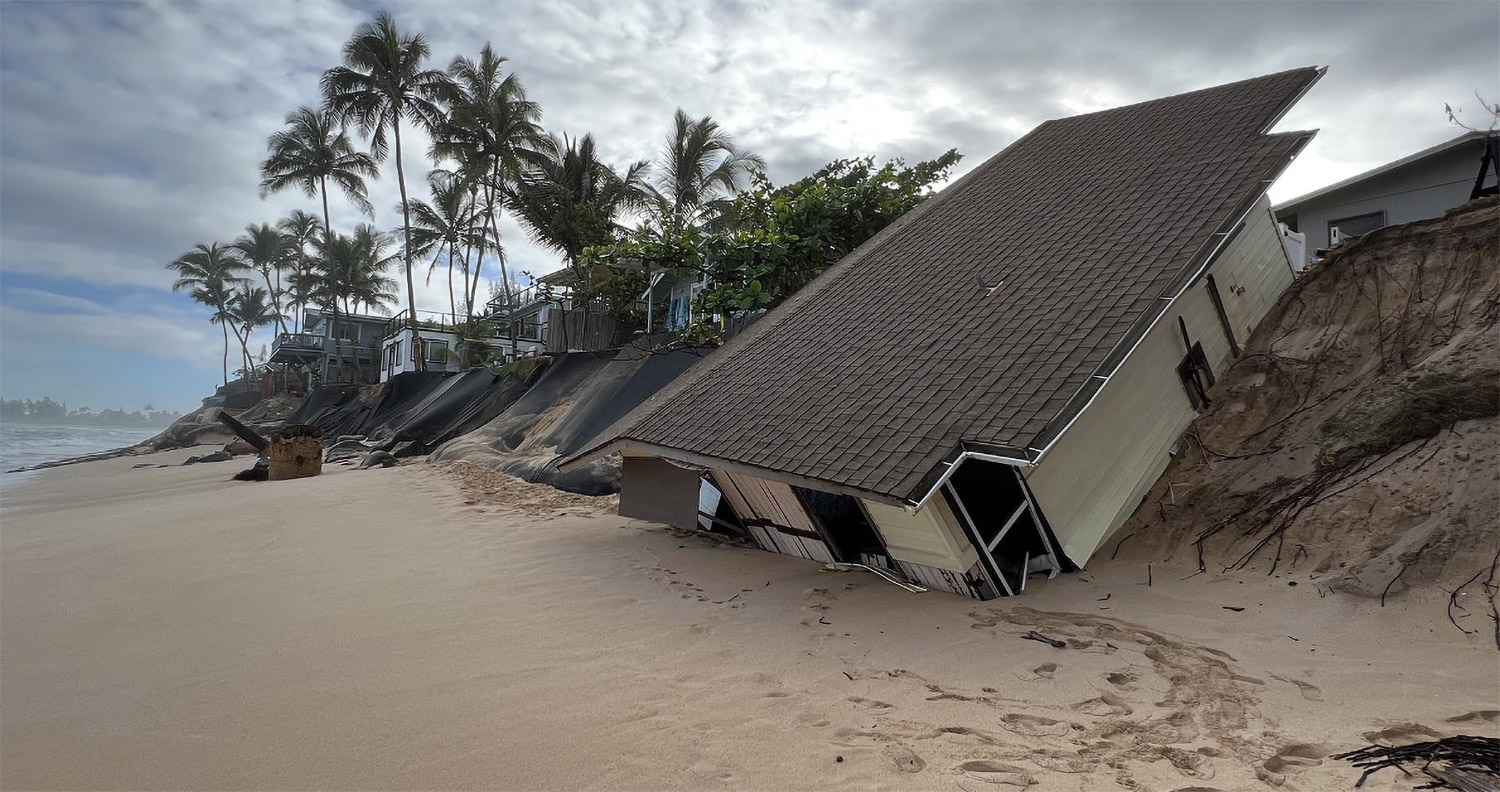By Michael Kraten, PhD, CPA
[Recently] 150 private citizens of the coastal Massachusetts town of Salisbury completed a replenishment project for their local beach. Instead of relying on the government to replace 15,000 tons of sand that storms carried out to sea, the citizens decided to spend $600,000 of their own funds to do so.How long were they able to enjoy their replenished beach? Would you believe four days? That’s how much time elapsed between the reopening of the beach and the arrival of a storm that carried half of the 15,000 tons out to sea.
The event represented an extreme example of the property risk of storm systems that are strengthening because of climate change and other factors. Nevertheless, property owners, business investors, bank lenders, insurance companies, government entities, and other stakeholders in such regions must continue to assess the storm damage factors that they include in their valuation models.
The factors must address the sensitivities (i.e. the possible variations) in quantitative estimates such as repair costs, insurance premiums, and tourism visits. They must also address the probability of new scenarios that may have been considered “extremely unlikely” in the past, such as those involving the withdrawal of insurance companies from the region, the refusal of government officials to repeatedly repair the same damaged locales, and the abandonment of properties because of flooding concerns.
Similar considerations are now being debated in many communities on America’s Atlantic, Pacific, and Gulf Coast shorelines. The considerations are not all attributable to storm risk, though. Many coastal flooding factors are now impacted by the sinking of land because of the over-pumping of groundwater and other harmful environmental practices.
At the moment, the citizens of Salisbury are undoubtedly more concerned about the hundreds of thousands of dollars of sand that just washed out to sea. Even for towns that can draw upon relatively comfortable levels of wealth, such expenditures are clearly unsustainable in the long term, and thus significantly impair property values in local real estate markets.
Originally published at michaelkraten.blogspot.com. All rights reserved by author.
